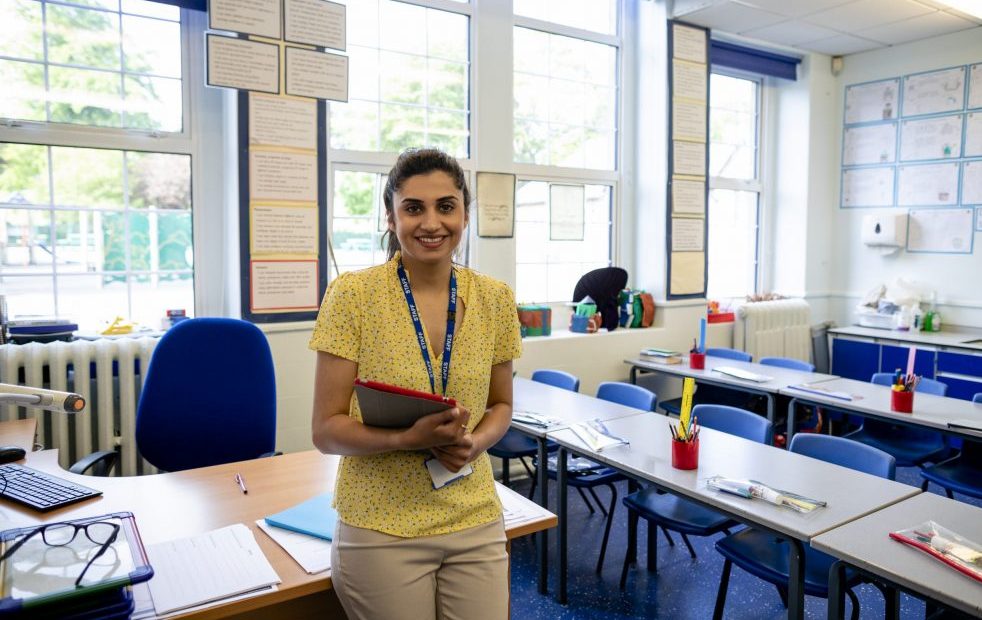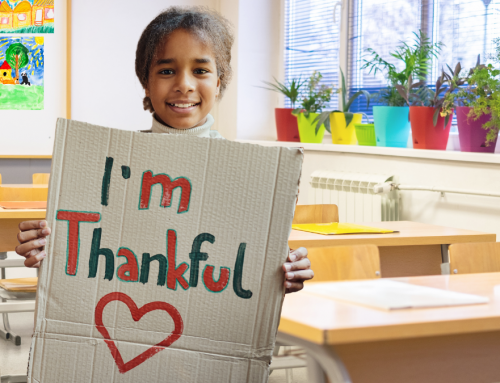
How to Start the New School Year with Confidence
The start of a new school year is one of the most important times of year. It is a time that blends excitement, nervous energy, and the promise of adventures to come. Whether you’re a seasoned educator or stepping into the classroom for the first time, how you prepare will set the tone for the months ahead. Beyond lesson plans, in-service meetings, and bulletin boards, there are small, powerful things you can do to support your well-being and build a joyful, sustainable rhythm for the year. Here are five practical and uplifting ways to get ready for the upcoming school year:
1. Find Your “Teacher Shoes”: A Pair That Supports You!
You’re on your feet a lot—teaching, moving between desks, standing, and walking in your classroom and the school building. Therefore, it is essential to prioritize the health of your feet, legs, and back. A supportive, reliable pair of shoes is paramount. Think of them as your teaching partner: the right pair of shoes should make you feel grounded, energized, and pain-free by the end of the day.
Look for shoes with:
- Arch support
- Cushioned soles
- A fit that matches your stride (wide/narrow, high instep, etc.)
Remember that your shoes must comply with your school’s dress code, but it is also a good idea to choose shoes that prioritize support and comfort. While flashy, “fashionable” shoes may look good, supportive shoes will help you throughout the school day by providing you with the support you need to best support the needs of your students.
Don’t be afraid to test a few pairs until you find your fit. If you find a few that work, don’t be afraid to invest in them. While it may seem like a large upfront cost, you’ll thank yourself in October for investing.
2. Arrange Your Classroom Like It’s Your Second Home… Because It Is
Once you have your supportive shoes on, it is start to think about your second home, your classroom. A well-arranged classroom is more than just functional; it’s the heartbeat of your teaching day, a space where learning, connection, and creativity come alive. It should feel safe, calm, and welcoming not only for your students but for you as well.
Consider the Flow of Movement
Start by thinking about how your students move and interact within the space. A smooth, intentional traffic flow helps maintain calm transitions throughout the day. If you are able to, position desks, supply bins, and turn-in trays so students aren’t crowding doorways or squeezing past each other. You can use floor tape, area rugs, and clearly labeled stations to subtly guide movement and create structure.
Don’t forget your own corner.
Your teacher space should be organized, uncluttered, and truly yours. Whether it’s a full desk setup or just a rolling cart and bulletin board, fill it with the essentials: pens, sticky notes, a planner, a calming photo, or even a small plant. This is where you do your work, but it should also be a place where you can go to reset and feel grounded in your work.
Consider a Calm Down or Cozy Corner
Even if you’re short on room, you may think about setting up a cozy corner, a quiet, flexible space where students can read, reflect, or take a moment to reset. A couple of pillows, a soft light, and a few affirming words on the wall can go a long way. Whether you teach Preschool or Twelfth Grade, these zones are especially powerful in supporting emotional regulation and giving students a peaceful retreat.
Seating Arrangements
If you can, add a few flexible seating options. While it may not be possible to change out the furniture, you can be creative in how you use the furniture and how you seat students. If you can move desks around, think about creating groups that will naturally encourage participation. Also, consider how students choose their seats. Being thoughtful and deliberate in whether students have assigned seats, and how those seats are assigned, or if they can choose their own seats, and the parameters of those choices, will make your classroom management a great deal easier.
Be Mindful of Decor
When it comes to decor, keep things simple, calm, and inviting, not overwhelming. You don’t need an Instagram-perfect setup, just a cohesive color palette, soft lighting, and decor that reflects both your personality and your students’ identities. Think framed quotes, plants (real or faux), or culturally inclusive visuals that represent and affirm everyone in your room. Remember that for some students, especially those on the spectrum, overly cluttered walls can be stressful. However, to help students who are learning English, you may think about labeling all parts of the room. For example, put the label “door” above the door. This way, you help support English language development.
Provide Open Space
And here’s one of the most powerful things you can do: leave space open. Empty wall sections, blank bulletin boards, or unused shelf space may look unfinished at first, but they send an important message, this classroom will grow with us. Your students will help you fill the space with their ideas, their work, and their presence. Let them see that their voice belongs on the walls, in the bookshelves, and in the energy of the room.
In the end, your classroom doesn’t have to be perfect, it just needs to be yours. A space that reflects your values, nurtures your students, and gives everyone a sense of safety and possibility every time they walk through the door.
3. Pick a Signature Beverage to Stay Hydrated and Happy
Hydration might sound like a small thing, but in the nonstop pace of a school day, it’s huge. Between teaching, managing behavior, leading transitions, and answering a hundred questions before noon, it’s easy to forget about your own basic needs. That’s why deciding on a deeply hydrating, easy-to-carry beverage before the school year begins is an essential part of getting ready for school.
The key is to find a drink you genuinely enjoy that keeps you refreshed and happy to sip throughout the day. While it may be tempting to consume large quantities of coffee, soda, or other caffeinated beverages, it is better to focus on hydration over energy-charged drinks. Caffeine is highly dehydrating, and while it may provide a quick boost, it saps water from your bloodstream and can lead to a crash after lunch.
Here are some hydrating options to choose from:
- Infused water – A few slices of citrus, cucumber, or mint can turn plain water into a mini spa experience. It’s refreshing, light, and easy to prep the night before.
- Herbal iced teas – Naturally caffeine-free and available in tons of flavors, iced teas like chamomile, hibiscus, or rooibos feel like a treat but keep you hydrated.
- Flavored electrolyte water – On extra busy days or during hotter months, a little boost of electrolytes can help prevent energy crashes and dehydration headaches.
- Sparkling water – If you crave fizz, these can feel fun and satisfying without overdoing it on caffeine or sugar.
Pair your drink with a solid, leak-proof bottle or tumbler that fits your routine. Insulated bottles keep drinks cold (or hot) all day, even if you don’t get a sip until lunchtime. Consider one with a straw or spout for easier, on-the-go hydration during class changes or prep time.
Beyond the physical benefits, more energy, fewer headaches, better focus, and hydration can also become a small act of mindfulness. Taking a sip between lessons can be a grounding pause, a moment to breathe, and a quiet reminder that your health matters, too.
To make it easier, keep your bottle in your line of sight at your desk, refill it during your planning period, and maybe even set a lighthearted hydration goal with a colleague. It’s a simple habit, but it pays off in big ways.
4. Find “Your Person” at School: The One You Can Laugh and Reflect With
Teaching is a deeply meaningful and purpose-driven profession, filled with moments of joy, growth, and connection. Each day brings new opportunities to inspire, create, and make a difference. Along the way, having a trusted colleague by your side can enrich your experience even more. Whether it’s sharing ideas, celebrating small wins, or simply having someone to check in with, these connections help you feel supported, seen, and empowered throughout the school year.
Whether it’s someone on your grade team, a veteran teacher you admire, or a teacher brand new to your building or to teaching, having “your person” at school can make an already rewarding day even better. Find a person or group of people with whom you click. These are the people who get you. The ones you can laugh with after a chaotic fire drill or lean on when you’ve had a tough parent conference or a lesson that completely flopped.
Start small:
- Invite someone to grab a quick coffee before school or eat lunch together one day a week.
- Offer help with setting up their classroom or share an extra copy of your pacing guide.
- Celebrate small wins, like getting through the first week or in-service.
- Simply ask, “How’s your day going?”, and really listen.
These small gestures can grow into meaningful, lasting professional friendships built on empathy, encouragement, and mutual support. Over time, these relationships become your go-to safety net, especially on the days when teaching feels overwhelming or lonely.
And remember: support doesn’t always have to come from someone in your hallway. Consider connecting with:
- Teachers in other departments or even schools
- Online teacher communities or social media groups
- Support staff, instructional coaches, or even office staff who bring positivity to your day
Having people you trust, people who see and support you, helps you show up more fully, not just as a teacher, but as a whole person. Because while you’re pouring into your students every day, you need someone pouring into you, too.
So don’t be afraid to reach out. Your people are out there, and they’re likely looking for connection just as much as you are.
5. Make the First Connection With Families Warm and Personal
Before you dive into curriculum and classroom routines, take a little time to build bridges with your students’ families. These early connections lay the foundation for strong, respectful partnerships that can uplift your entire school year. A simple welcome email, handwritten postcard, or quick phone call can go a long way in showing families that their child is seen, valued, and in good hands.
When you reach out, consider sharing:
- A little about yourself—your journey as an educator, what you love about teaching, and maybe a fun fact or two to help you feel more approachable.
- Your excitement for the year ahead—let them know how eager you are to learn alongside their child and how much potential you already see in your group.
- How and when you’ll stay in touch—whether it’s through a weekly newsletter, a communication app, or just good old-fashioned email, clarity builds confidence.
These early touchpoints help families feel included and empowered as active members of the learning community. They show that you see parents and caregivers as partners in their child’s success, and that you’re someone they can trust, communicate with, and collaborate alongside.
You might also invite families to share something with you, a hope they have for the year, something unique about their child, or even a favorite tradition or book at home. It’s a beautiful way to honor their voice and build a more personalized, connected classroom culture.
When families and teachers team up early, students feel that unity and support, and it sets the tone for a school year filled with growth, understanding, and shared celebration.
Remember to be Mindful
The school year is a marathon, not a sprint. Taking care of the small things before the year begins: your shoes, your space, your hydration, and your relationships, can help you show up every day with energy, patience, and joy.
Most importantly, be mindful of yourself and what you need to start the year off well. Also, remember that you’ve got this. You are going to make a huge difference in the lives of your students and their families. Believe in yourself. The year ahead is full of potential, and it starts with the way you prepare.
Here’s to a strong, supported, and happy start!









